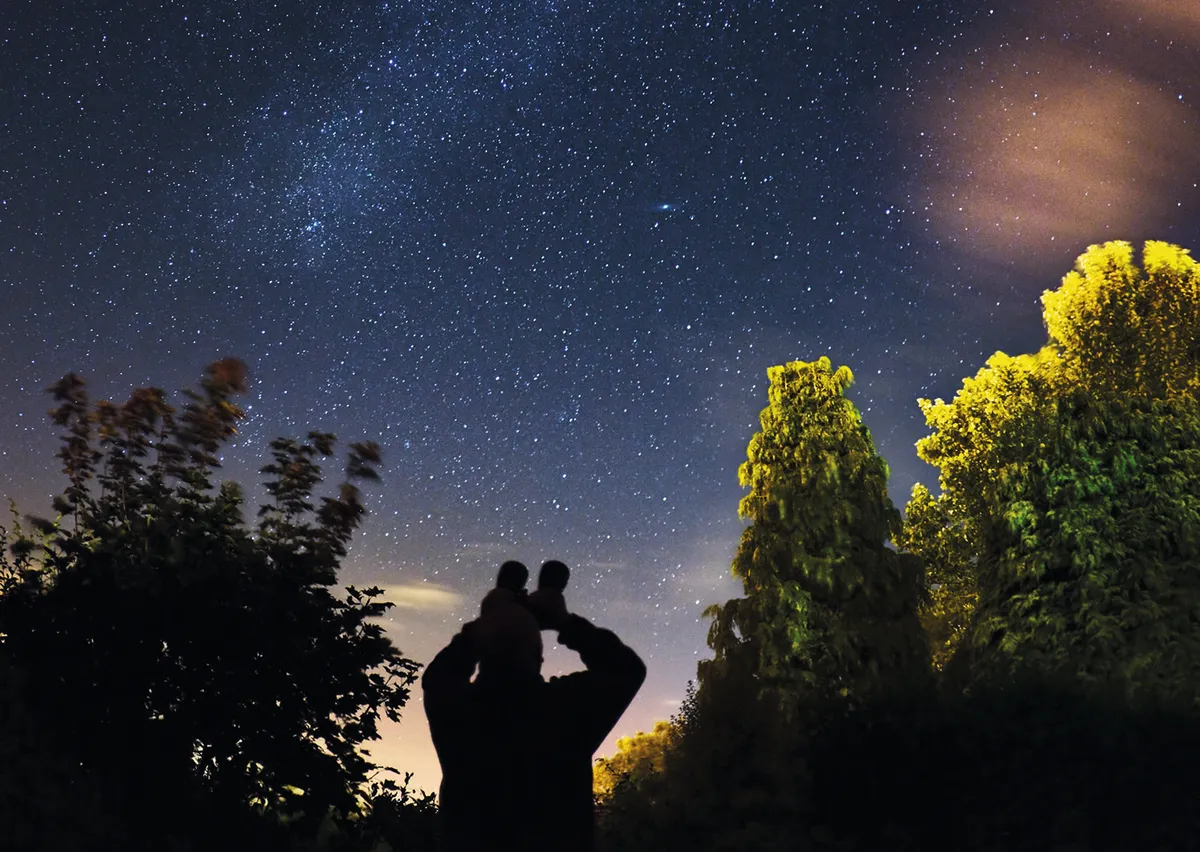Attention Christmas stargazers! Just as you're finishing off the last of the Christmas dinner, there's going to be something wonderful to see in the evening sky tonight.
On Christmas Day late afternoon, as the Sun begins to set, the crescent Moon, Mercury and Venus will be visible low in the sky, just about the southwest horizon.
This Christmas Day celestial get-together will be visible around 16:45 UTC, and will be visible with the naked eye.
But grab a pair of binoculars or your telescope - did you find one under the Christmas Tree this year? - and you'll be able to explore these three bodies in even greater detail.
For more stargazing advice in 2023, read our guide to what's in the night sky this year, listen to our regular Star Diary podcast or sign up to receive the BBC Sky at Night Magazine e-newsletter.
Find out how to subscribe to BBC Sky at Night Magazine.

One caveat to this wonderful Christmas Day conjunction is that you must always be careful when observing anything through binoculars or a telescope close to sunset, as observing the Sun using magnification can seriously damage your eyesight.
With the naked eye, this conjunction will be just as special.
Venus will be the brighter of the planets, with fainter Mercury just under 4° away.
You should also be able to see the unlit part of the Moon’s face glowing a soft lavender hue.
This is ‘Earthshine’, sunlight that has been reflected off Earth and onto the Moon’s surface, a stunning sight through binoculars and small telescopes.
If you're observing the Moon with binoculars or a telescope this evening, take time to explore the terminator - the line dividing light and shadow on the lunar surface - or read our guide to observing a crescent Moon.
